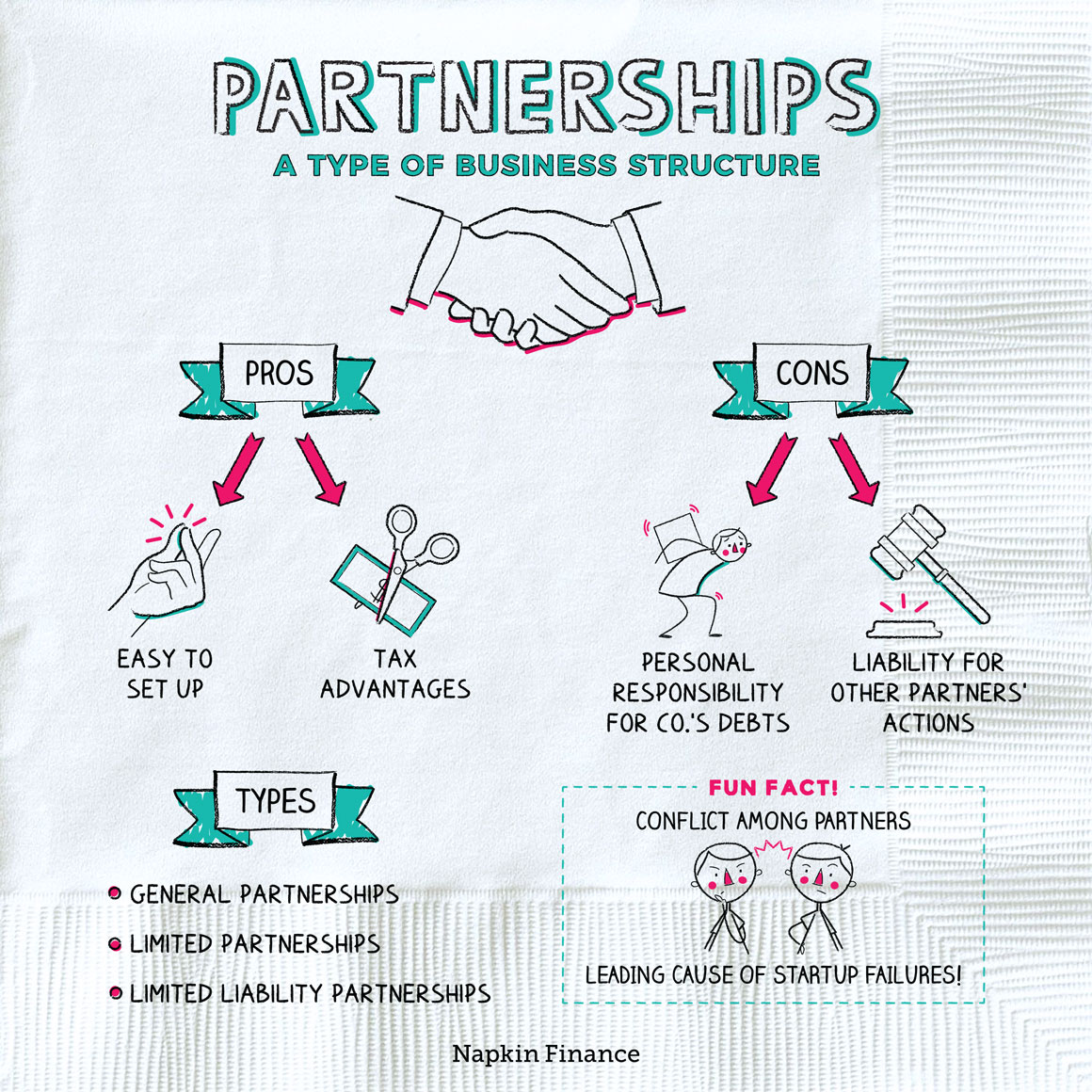How To Get Rid Of A Business Partner

Navigating the complexities of a business partnership can be challenging, and sometimes, dissolving the relationship becomes necessary. Understanding the legal and practical steps involved is crucial for a smooth and equitable separation.
This article explores the different pathways for removing a business partner, outlining key considerations and potential ramifications for all parties involved.
Understanding the Partnership Agreement
The partnership agreement is the foundational document that governs the relationship between business partners. It typically outlines the procedures for dissolution, including buyout clauses, valuation methods, and dispute resolution mechanisms.
According to the U.S. Small Business Administration (SBA), a well-drafted agreement can significantly reduce the likelihood of costly legal battles during a partner departure.
Buyout Agreements
A buyout agreement allows the remaining partners to purchase the departing partner's share of the business. The agreement should clearly define the valuation method, which can include appraisals, formulas based on revenue, or a mutually agreed-upon price.
Expert legal counsel is essential to ensure the valuation is fair and complies with legal standards.
Dissolution Clauses
Some partnership agreements contain clauses that automatically trigger dissolution under certain circumstances, such as a partner's death, disability, or bankruptcy. These clauses can simplify the separation process but must be carefully considered during the agreement's initial drafting.
Legal Pathways for Partner Removal
When a partnership agreement is silent on the issue of removal or if partners are unable to reach a mutually agreeable solution, legal avenues may need to be explored. This can involve litigation, mediation or arbitration.
Voluntary Withdrawal
A partner can voluntarily withdraw from the partnership, but the terms of their departure will depend on the partnership agreement and applicable state laws. Notice requirements and potential liability for breaching the agreement should be carefully assessed.
Involuntary Expulsion
Involuntary expulsion of a partner is a more complex process, often requiring legal justification. Grounds for expulsion may include breach of fiduciary duty, misconduct, or persistent disagreements that significantly impair the business's operations.
According to legal experts, proving grounds for involuntary expulsion can be difficult and require substantial evidence.
Judicial Dissolution
If partners are unable to resolve their differences, a court may order the dissolution of the partnership. This typically involves liquidating the business's assets and distributing the proceeds to the partners according to their respective interests.
Judicial dissolution is often a last resort, as it can be time-consuming and expensive.
Financial and Operational Considerations
Removing a partner can have significant financial and operational implications for the business. Securing financing to fund a buyout, restructuring the business's operations, and addressing potential disruptions to client relationships are crucial steps.
Businesses often seek bridge financing from banks or private lenders to cover the costs of a partner buyout.
The departure of a partner can also impact the business's reputation and employee morale. Clear communication and a well-defined transition plan can help mitigate these risks.
Successfully navigating the departure of a business partner requires careful planning, legal expertise, and open communication. Understanding the terms of the partnership agreement, exploring available legal pathways, and addressing potential financial and operational challenges are essential for ensuring a smooth and equitable separation.
Disclaimer: This article is for informational purposes only and does not constitute legal advice. Consult with an attorney to discuss your specific situation.


















